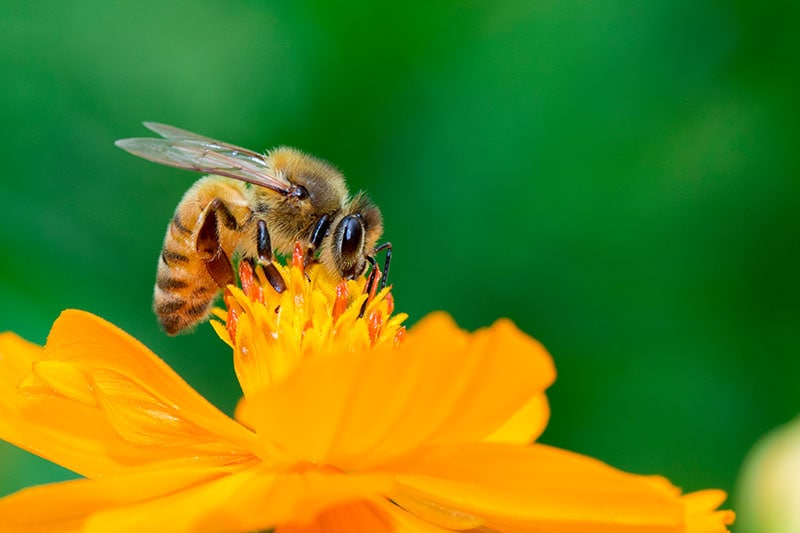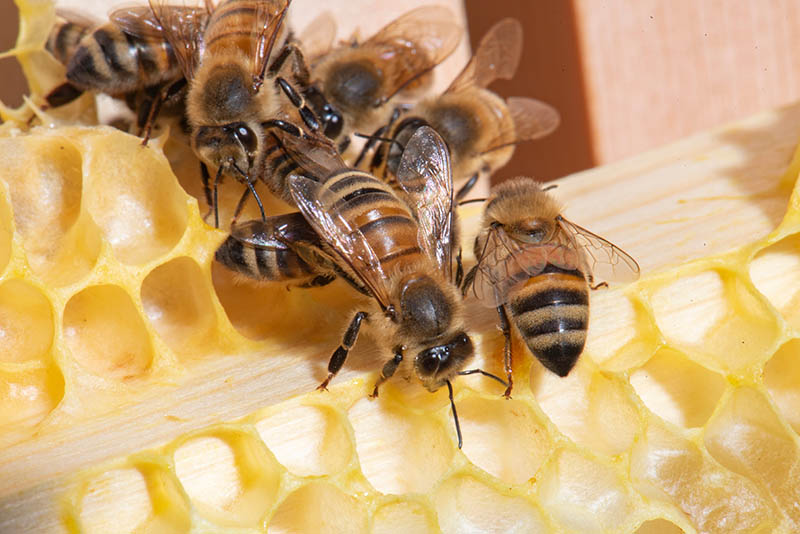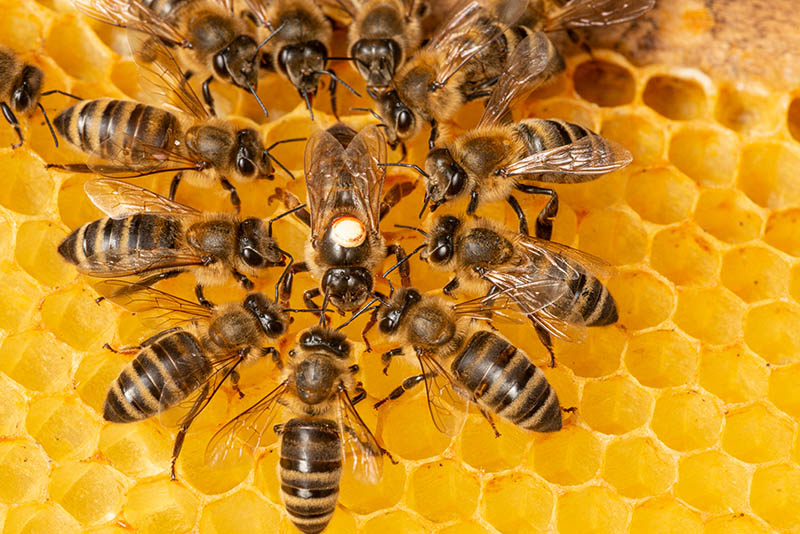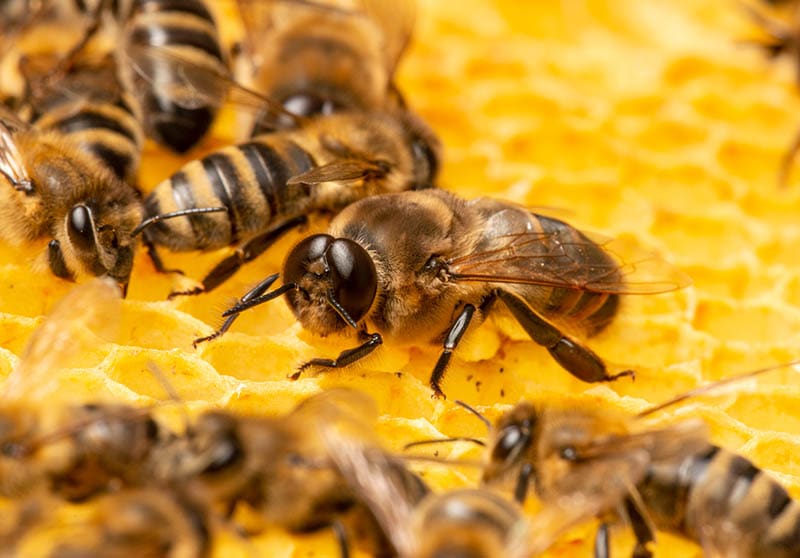What Is the State Insect of Kansas? Origin & Facts
-
Cassidy Sutton
- Last updated:

Many Kansas state symbols are yellow, so it shouldn’t surprise you to hear that the state insect of Kansas is the honeybee.
We’ve all seen a honeybee buzzing around some flowers or interested in a colorful t-shirt. Now, we can think of the Great Plains when we witness these fuzzy creatures in action. So, aside from the color, what else sparked Kansas to adopt the honeybee? Let’s find out.
When Was the Kansas State Insect Adopted?
Kansas adopted the honeybee as the official state insect in 1976. Over 2,000 schoolchildren signed a petition to adopt the beloved insect.
Honeybees serve a crucial role in agriculture. They help pollinate our food, provide delicious honey, and create beeswax for cosmetics and soaps. Since Kansas is an agriculture hotspot, it only makes sense why the honeybee would represent the state so well.
The 3 Types of Honeybees
| Scientific name: Apis mellifera |
| Diet: Herbivore |
| Type: Invertebrate |
| Average Lifespan: Up to 5 years |
Humans didn’t know what was happening inside the hive for the longest time. We could only observe bee behavior outside the hive. As time has progressed, we’ve learned that bees have a complex social organization.
Each honeybee plays a crucial role in the hive’s survival. To ensure success, the hive is divided into three types.
1. Workers

Workers are female bees. They’re responsible for collecting pollen and nectar, cleaning, keeping the hive safe, providing fresh air for the hive through their wings, and other jobs. These are the bees we see buzzing outside the hive.
Although worker bees are female, they choose to remain sterile and give the Queen responsibility for the hive’s next generation.
2. The Queen

The Queen has a simple but vital role: to birth more bees. She also produces a special chemical that helps guide the behavior of the other bees and keeps the hive working smoothly.
If the Queen dies, the worker bees feed larvae a special “royal jelly” that helps the larvae develop into a queen capable of producing more bees.
3. Drones

Drones are male honeybees, and they live the good life. Drones stay within the hive during the warm months and mate with the Queen. Sometimes they leave the hive to find a traveling Queen, but they usually camp inside. During this time, the worker bees take care of them. It’s a pretty easy life.
But when winter hits, the drones are kicked outside to die. Some drones die after they mate with the Queen. Either way, drones live a laid-back lifestyle.
Do Honeybees Sting People?
Honeybees will sting a predator if they feel threatened. They have a barbed stinger at the end of their abdomen that injects venom into the predator. The stinger detaches from the body when the bee pulls away.
It’s no secret that bee stings are painful. Some people are allergic to the venom, which can cause severe allergic reactions. But bees also pay the price. They die anytime they sting a predator, so bees have to be careful not to be such hot heads.
Conclusion
Honeybees are hard, dedicated workers. They fight to protect their hive, even if it costs them their life. They willingly share their pollen and honey with us and provide the world with delicious foods to help nourish our bodies. Kansans like to think they’d do the same. It makes perfect sense why the honeybee was chosen as the state insect.
Featured Image Credit: Yod 67, Shutterstock
Contents
